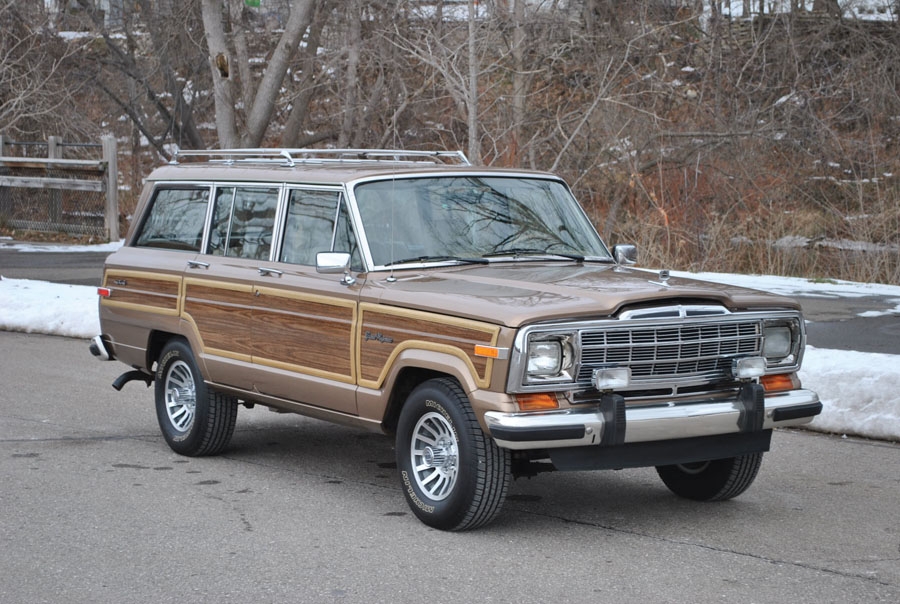- 5.9-liter, 144-hp V8 engine
- Automatic transmission
- Four-wheel drive
- Reported as driven sparingly
- Near-original condition
- Known and select ownership
- Air conditioning
- Power windows and front seats
- Roof rack
- Aluminum wheels
- Excellent condition throughout
1988 Jeep Grand Wagoneer

